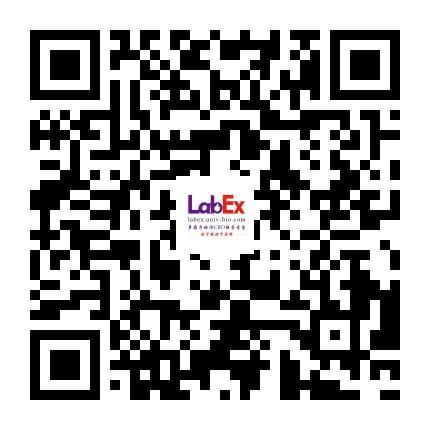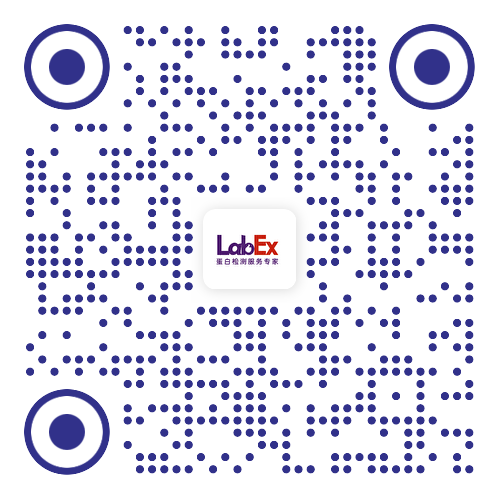Investigating Toll-like receptor agonists for potential to treat hepatitis C virus infection
Cytokines;Chemokines;细胞因子;趋化因子;MSD;Cytokines;Chemokines- Antimicrob Agents Chemother
- 2007
- 4.5
- 357(4):1004-10.
- Human,Mouse,Non-Human Primate,Rat
- MSD
- 消化系统
- Peripheral blood mononuclear cell (PBMC) culture supernatants
- 消化系统
- 其它细胞
- 肝炎
- IL-6
- doi: 10.1128/AAC.00268-07.
相关货号
LXMH04-4LXMH07-4LXMH09-1LXMH09-2LXMH09-3LXMH10-5LXMH10-9LXMH111-1LXMH30-1LXMH37-1LXMH40-1LXMH44-1LXMH46-1LXMH54-1LXMH71-1LXMH87-1LXMM08-1LXMM10-1LXMM10-2LXMM10-3LXMM50-1LXMM58-1LXMN03-1LXMN05-1LXMN06-1LXMN06-3LXMN09-2LXMN09-3LXMN24-2LXMN61-1LXMR09-1
Abstract
Phosphorylation of human APP695 at Thr668 seems to be specific to neuronal tissue and could affect Abeta production. Metabolism of APP mutated at Thr668 residue was analyzed in CHO cell line and primary cultures of rat cortical neurons. By site-directed mutagenesis, T668A or T668D substitutions were introduced in wild-type APP695. In CHO cells, wild-type APP695 was very slightly phosphorylated at Thr668 and produced similar levels of extracellular Abeta40 as compared to APPT668A. On the contrary, APPT668D was more efficiently cleaved by beta-secretase. However, accumulated betaCTF were less cleaved by gamma-secretase and less extracellular Abeta40 was produced. Decreased susceptibility to cleavage by gamma-secretase was confirmed upon expression of C99T668D. In neurons, part of APP695 was phosphorylated at Thr668. Following neuronal expression of APPT668A, extracellular Abeta40 production was increased. In conclusion, phosphorylation of human APP695 at Thr668 increases APP beta-cleavage but decreases its gamma-cleavage and extracellular Abeta40 production.
金课堂之文献解析 文献原文请点击
本网站销售的所有产品及服务均不得用于人类或动物之临床诊断或治疗,仅可用于工业或者科研等非医疗目的。











 沪公网安备31011502400759号
沪公网安备31011502400759号
 营业执照(三证合一)
营业执照(三证合一)


